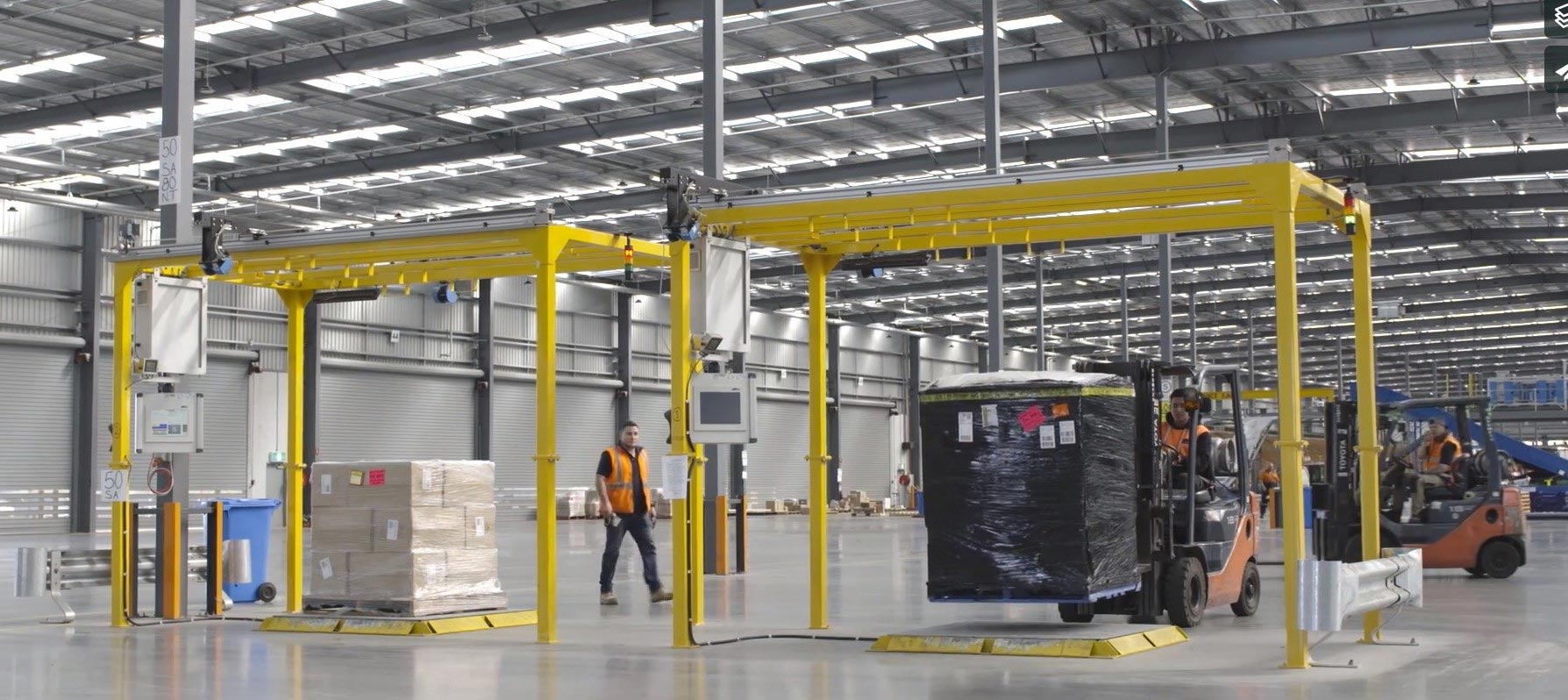
The CubiScan 1200 AKL is an Australian NMI (and globally) certified legal for trade (LFT) cubic measurement instrument that can incorporate a variety of integrated weighing solutions. It is used by freight companies to determine the correct amount to charge their clients for transporting larger and palletised freight items of almost any shape (ie “ugly’ freight). It takes human error out of the equation and ensures that your charge is accurate, correct, legal for trade, and can be defended against dispute.
It is also used by Distribution Centres (DC) to create their own legal for trade record of the cube and weight of outgoing palletised freight orders – to ensure that they in turn are charged correctly by freight carriers; and, in many cases, to also cube and weigh accurately their larger stock keeping units (SKUs) and interface this data into their warehouse management systems (WMS). So, with DCs, often two separate applications.
As of this post there are over forty-five (!) CubiScan 1200 AKLs in operation around Australia. We’ve taken photos of some of them – not all, and have collected them here for you to review. Being able to see the pallet cubing and weighing systems in different settings can be helpful as you consider how to integrate the CubiScan into your own daily operations.
Although these units are installed in a variety of well known Australian freight businesses we have been careful not to include any indication of branding or location.
You will note some users have one way in and one way out, while others have dual sided access. Enjoy!

Above: SCACO exhibited the CS 1200 AKL at the CeMat 2015 Exhibition in Sydney. During this show we sold three new CS 1200s directly off the stand! This same customer who purchased 3 to begin with now has 12 units in operation across 5 states! That’s two of the units below:

Above: Two CubiScan 1200 AKL’s side by side, each with dual sided access. One operator is able to scan the barcode of freight items for both units and call out put away locations to the fork drivers. Actual throughput rates can reach up to 250 pallets per hour across the two units units. Both units are the Standard Height model that enables easy height clearance for any short-masted forklift.

Above: The CubiScan 1200 AKL-XH: when you need another 500mm of height clearance. This version of the floor mount model has been fitted with four longer (taller) than normal legs in the bottom section. The legs are each 500mm taller enabling an extra half-meter in height clearance. This user has a fleet of two-stage, high-masted forklifts and the extra height has helped fork drivers maintain a good throughput pace.

Above: CubiScan 1200 AKL-XH (Extra High). The user’s high-masted forklift has plenty of height clearance in this version of the best-selling floor mount CubiScan 1200 AKL. Check out the next image below to see the result of this measurement scan!
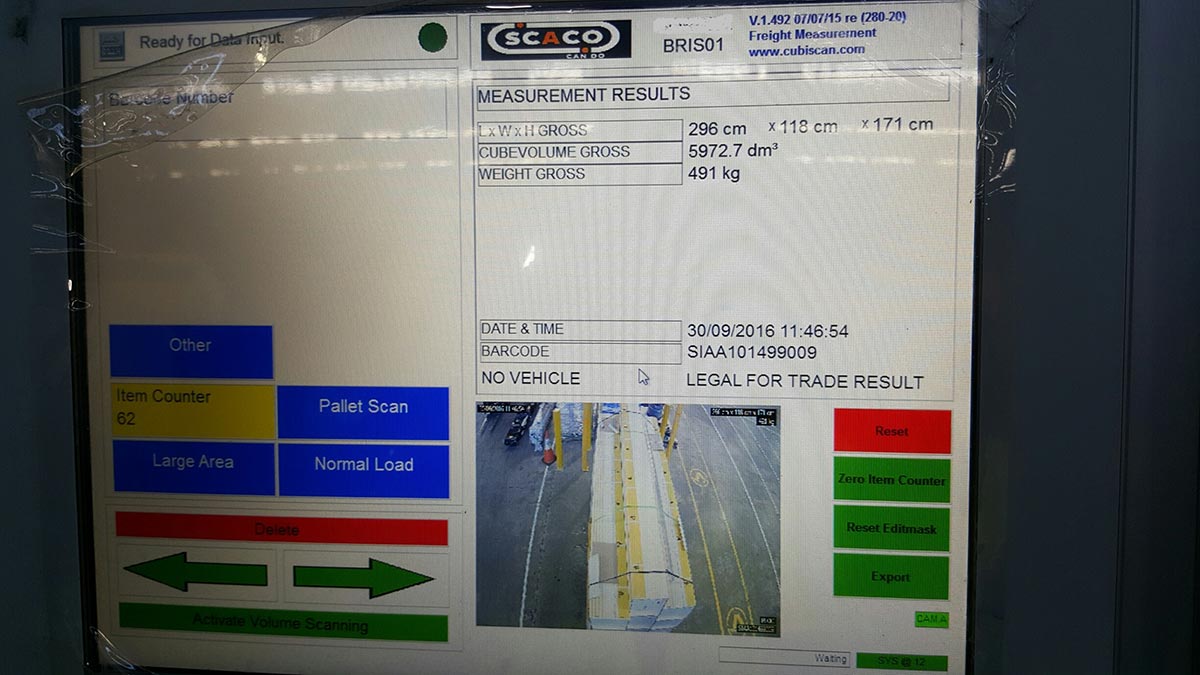
Above: Actual screen shot from the above freight measurement. The cubic dim volume x 250 kgs per 1m3 equals 1,493 chargeable kgs. This of course greatly exceeds the dead weight of 491 kgs meaning this heavy freight item will still be charged by the cubic volume. And it is great to have a digital image to record the measurement!
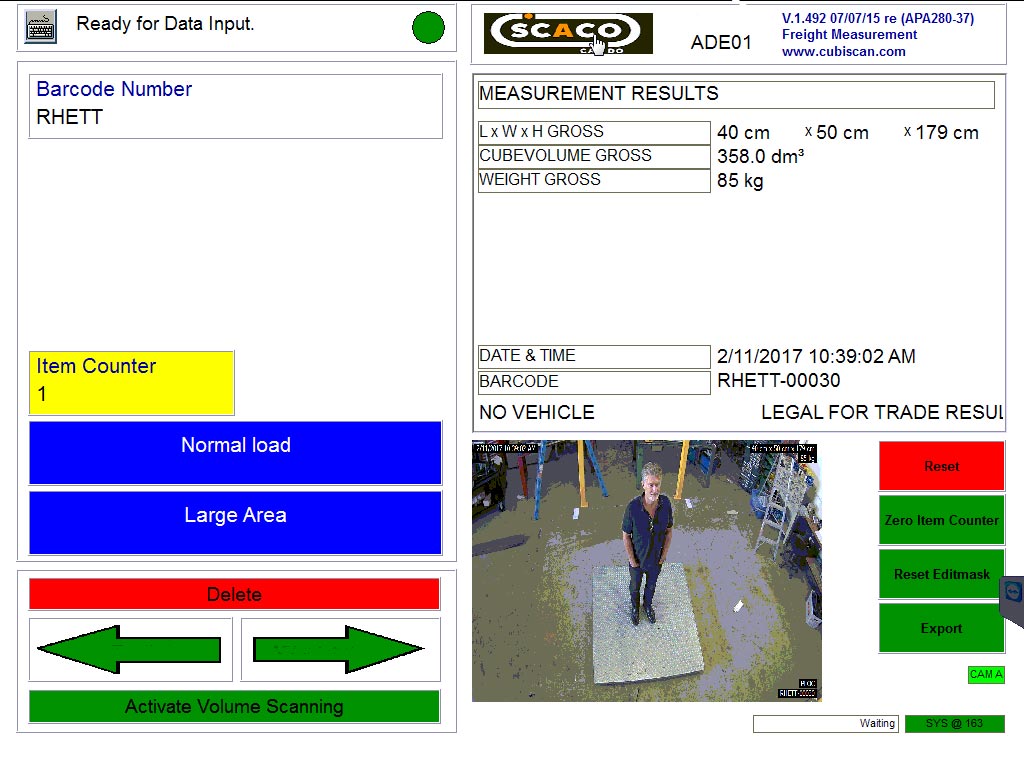
Above: I’ve been cubed and photoed! And it didn’t hurt a bit, but 85 kgs? Somebody get this scale calibrated! The CubiScan touch screen enables an operator to enter a variety of variable data, like: Is this a DG? Is this top load only or surchargeable? Or whatever your business rules might be that the customer has not correctly declared. But what if there is a dispute you ask? No worries, just send the captured image that is created with every item measured. Is that your freight Mr Customer? Dispute resolved.
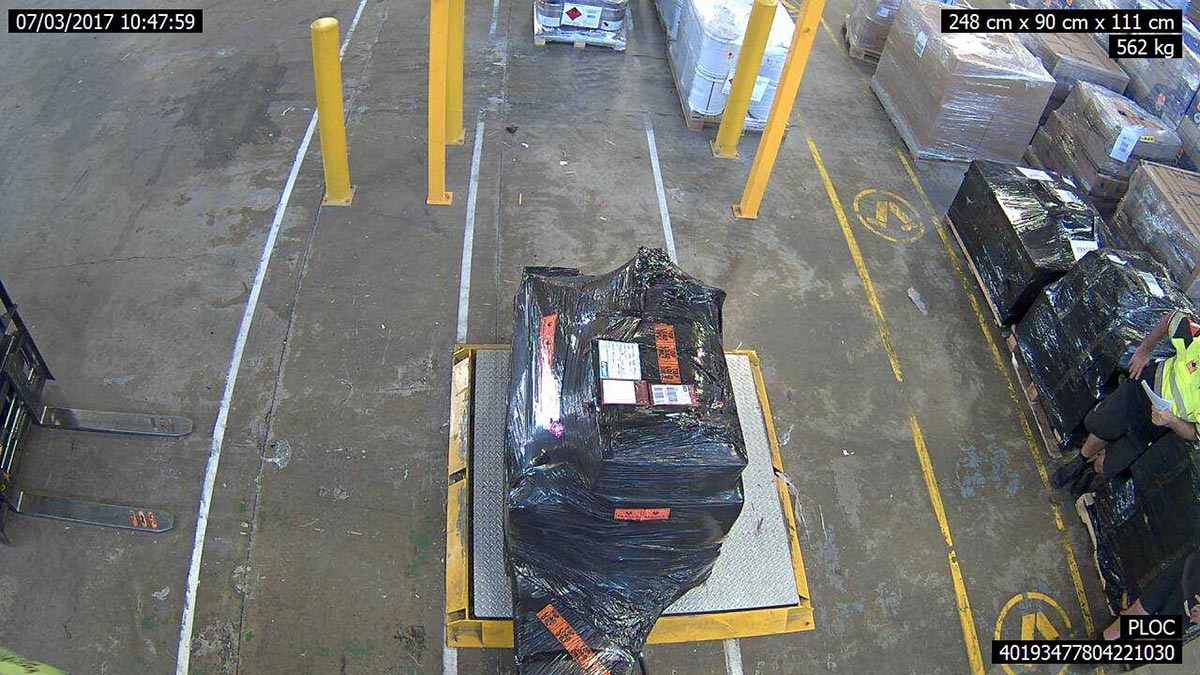
Above: Freight item image capture. Note that the image is automatically superimposed with: date, time, barcode, length, width, height, and weight.

Above and below: Standard height model.
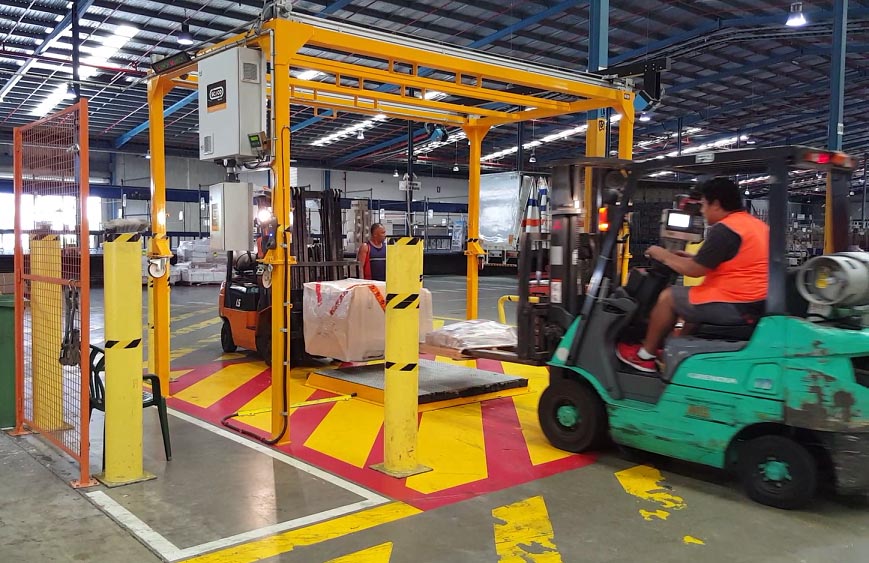
Above: A really nice installation featuring clear dual-sided access. Freight is brought in from one side, placed on the scale and then the fork reverses out to go get the next item. An operator scans the barcode while directing traffic, the CubiScan does its magic, and a fork retrieves the measured item for put away from the other side.
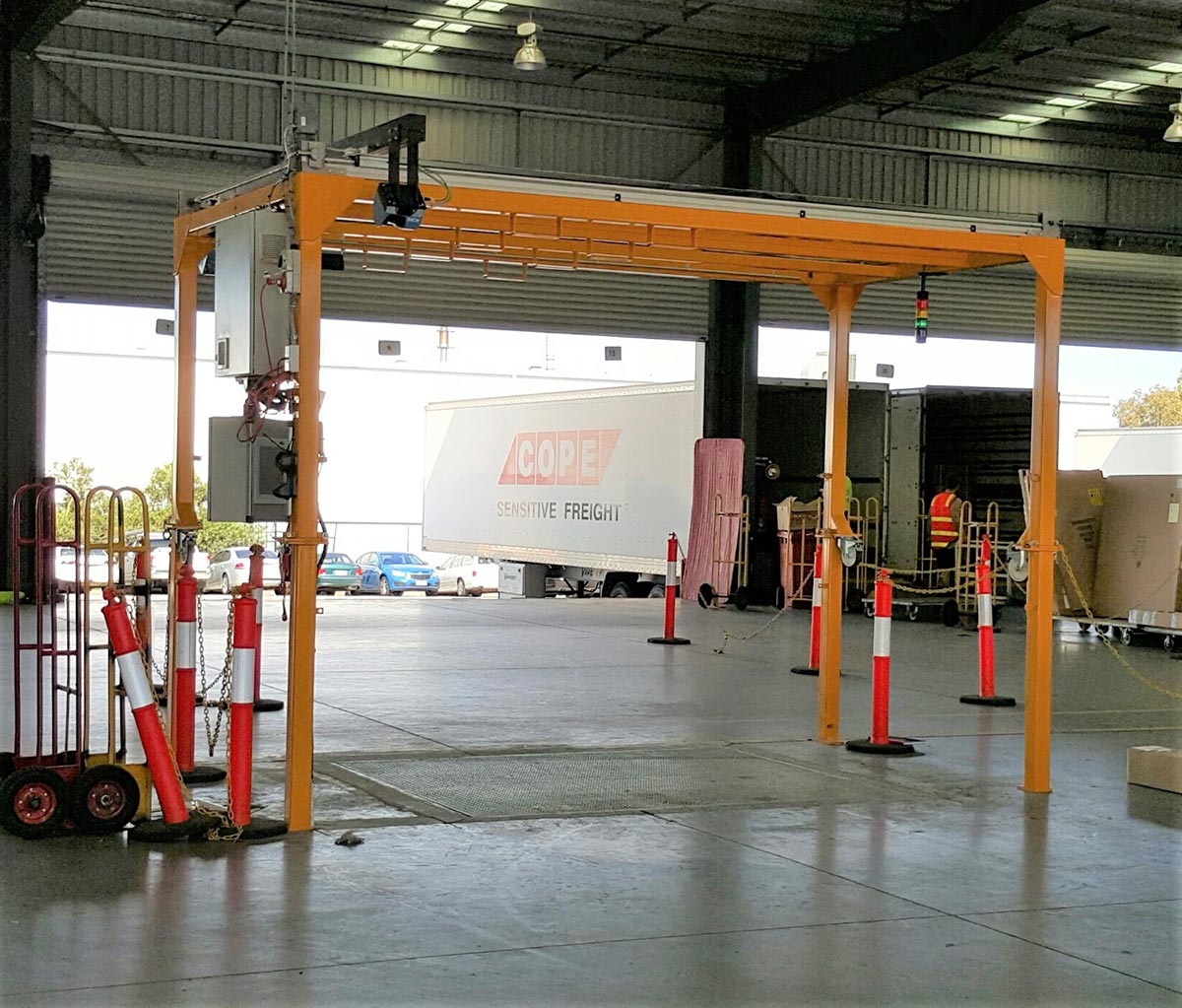
Above: With a 2.5 x 2.0 m in-ground platform scale. At this site only trolley jacks are used to move freight around in the depot dock. Note how the cable from the scale to the CubiScan scale indicator is located below the surface level leading to a very clean and tidy installation area.

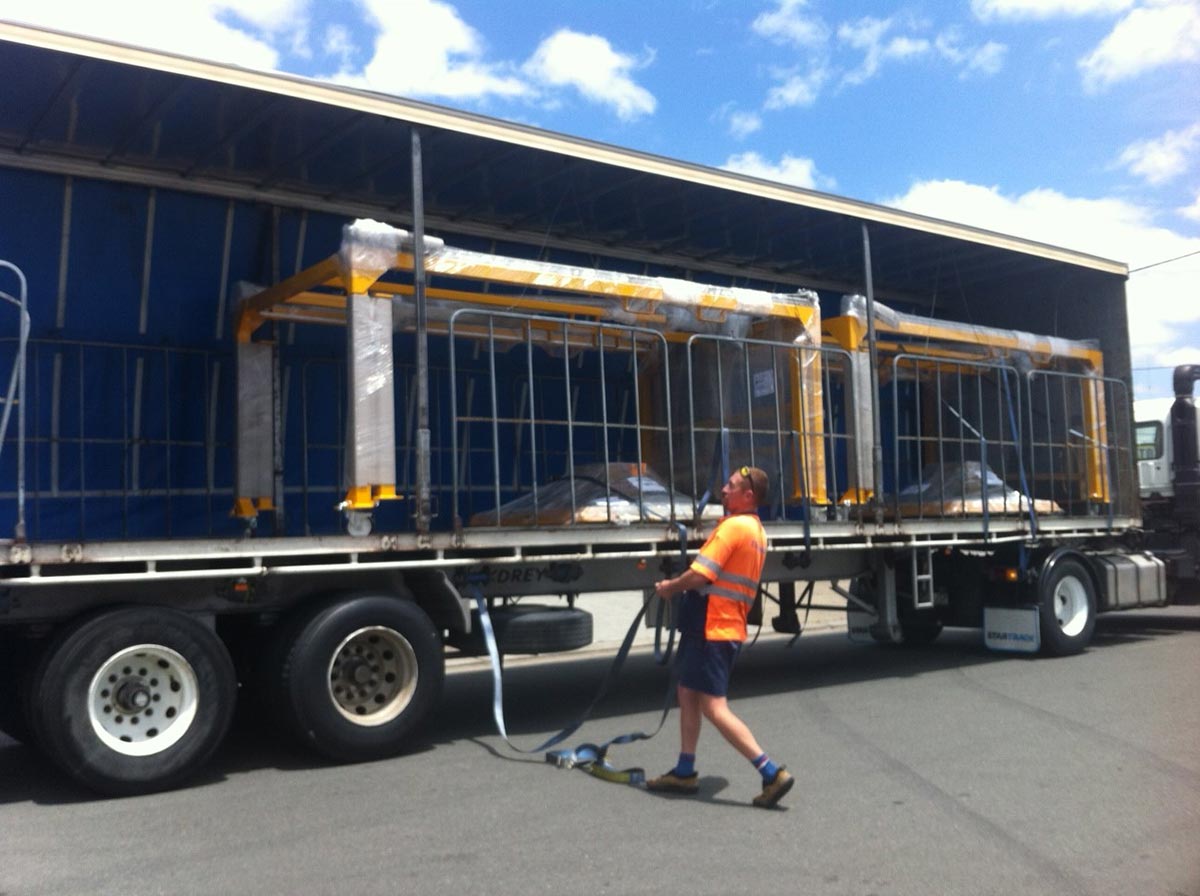
Above: CubiScan 1200 AKL LOT – two separate photos. We prepare and pack the CubiScan ready for road freight from our workshop. They are lifted on and off by a long tyne fork. Of course we encourage you to take as many as you can!
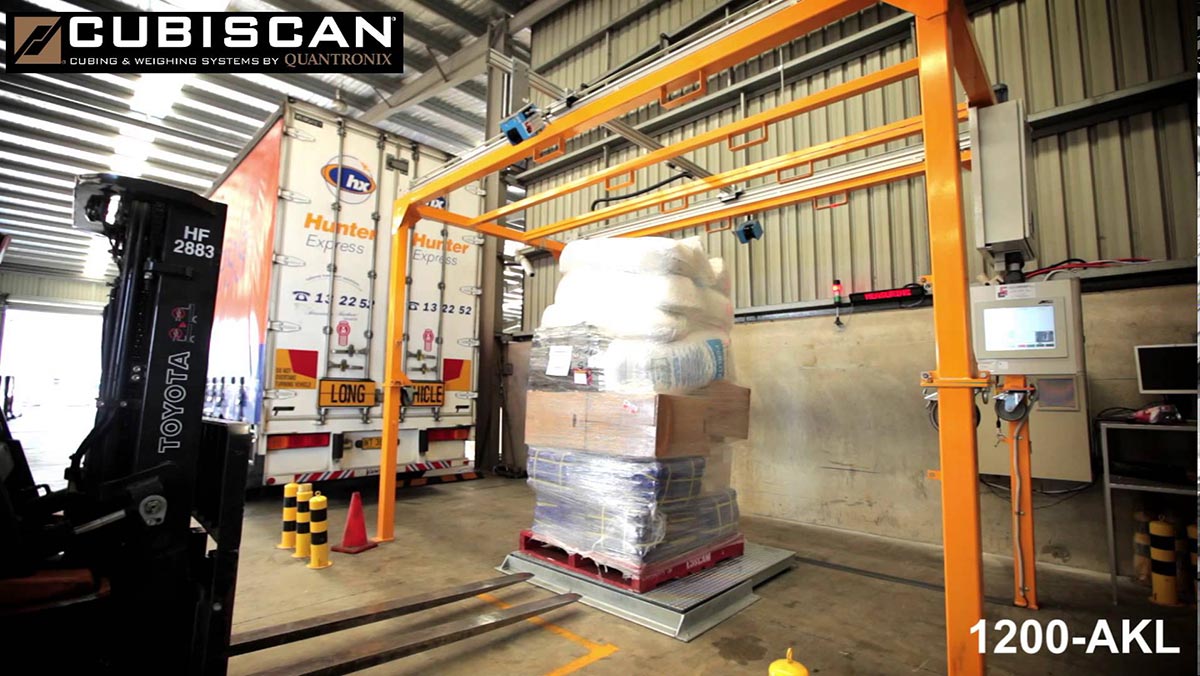
Above: Using a short mast fork with long tynes typically provides the best overall productivity. This was an early installation photo. In more recent times we always try to include a hi-vis yellow full steel surround to protect the platform scale. This also a good example of how some items within the pallet packing will overhang the pallet edge. The impact on the overall cube adds significant chargeable kgs.
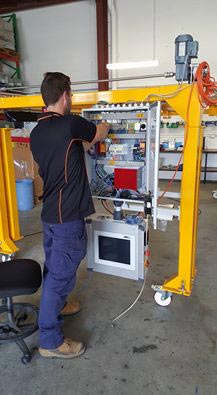
Above left: one of SCACO’s ace technicians, Jordan, working on the CubiScan during the assembly stage. Above right: Typically we build three CubiScan units at a time. Because we build and programme the units ourselves we possess a deep level of technical expertise when it comes time to provide service or support.
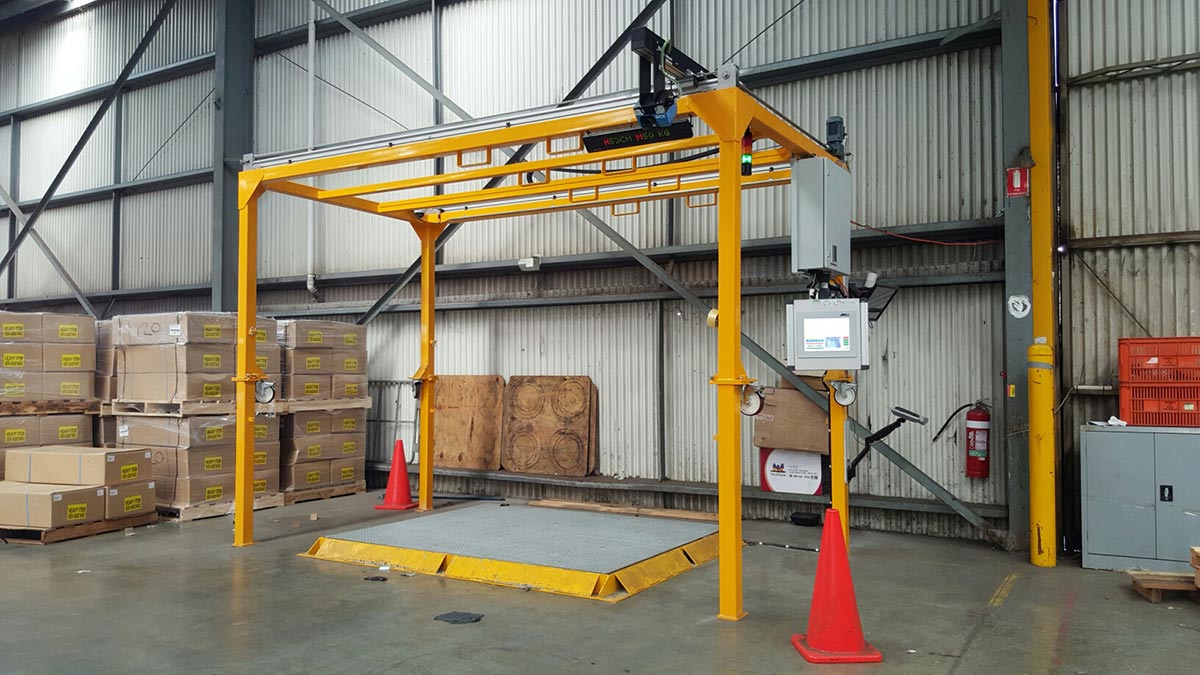
Above: This particular installation incorporates an extra large platform scale. The scale base measures 2.5m w x 2.0 m depth. The scale capacity is 3,000 kgs. This is ideal for users who have extra large skids or crates or odd-packed larger items, like some auto or truck parts or mining businesses.
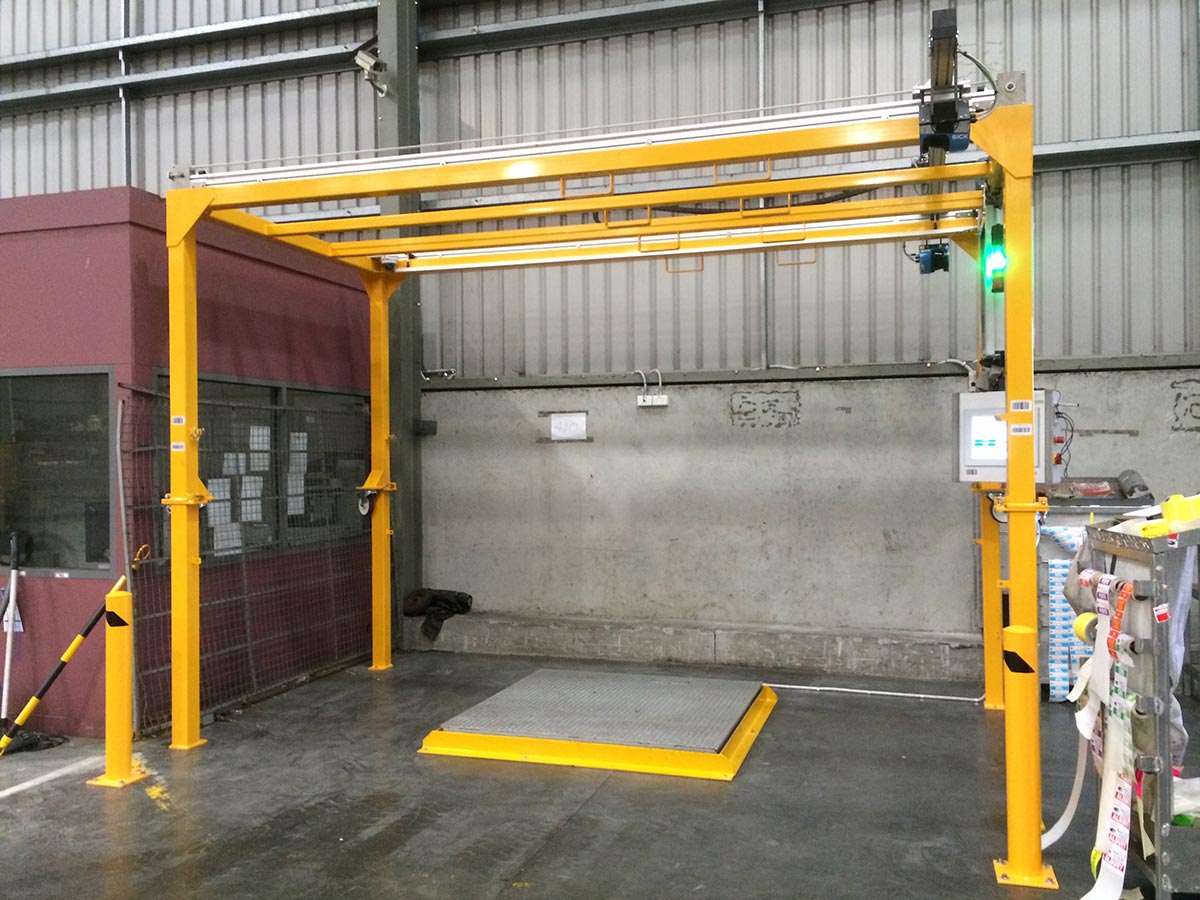
Another example of the CubiScan being placed up against the wall to both save space and to designate it for the specific and critical task of revenue recovery. Also, if you want to relocate the unit it’s easy to do.
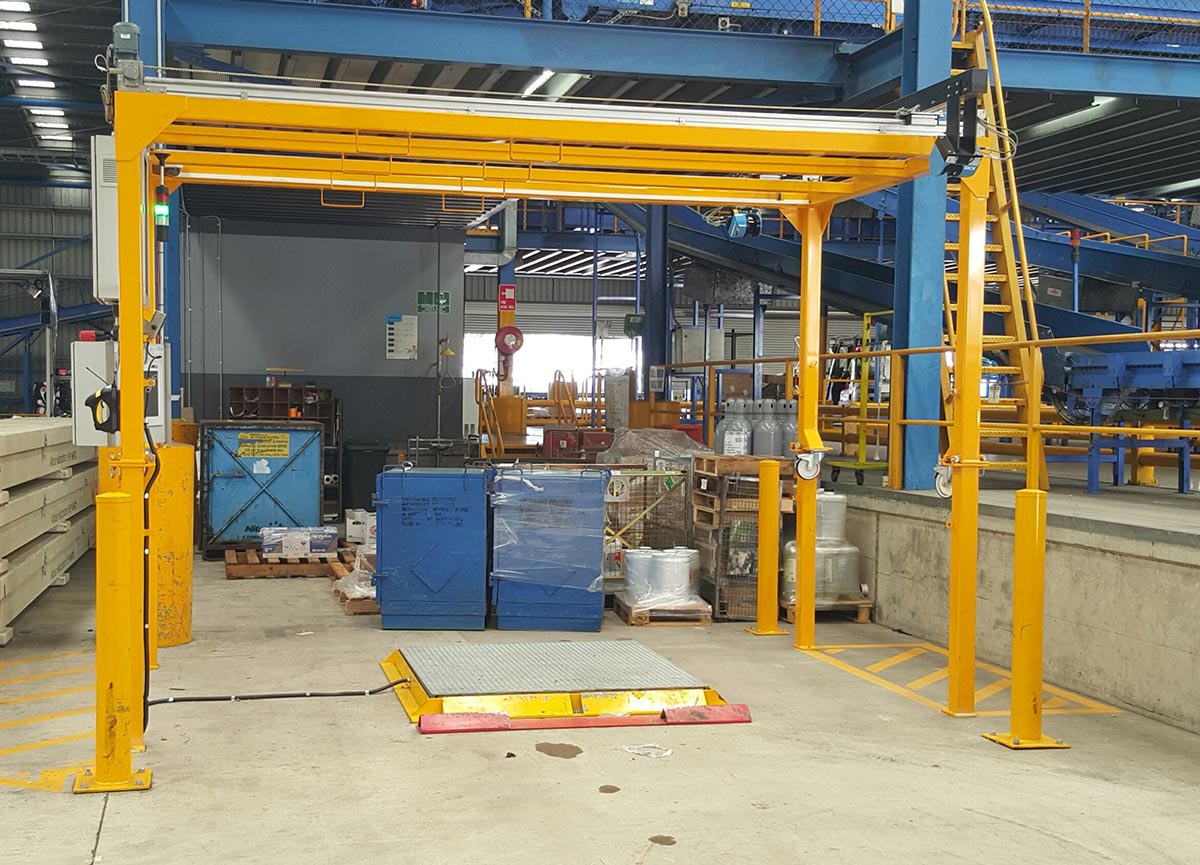
Above: In this installation the user has added an extra fork-wheel stop prior to the steel surround plate. You can never be too careful.
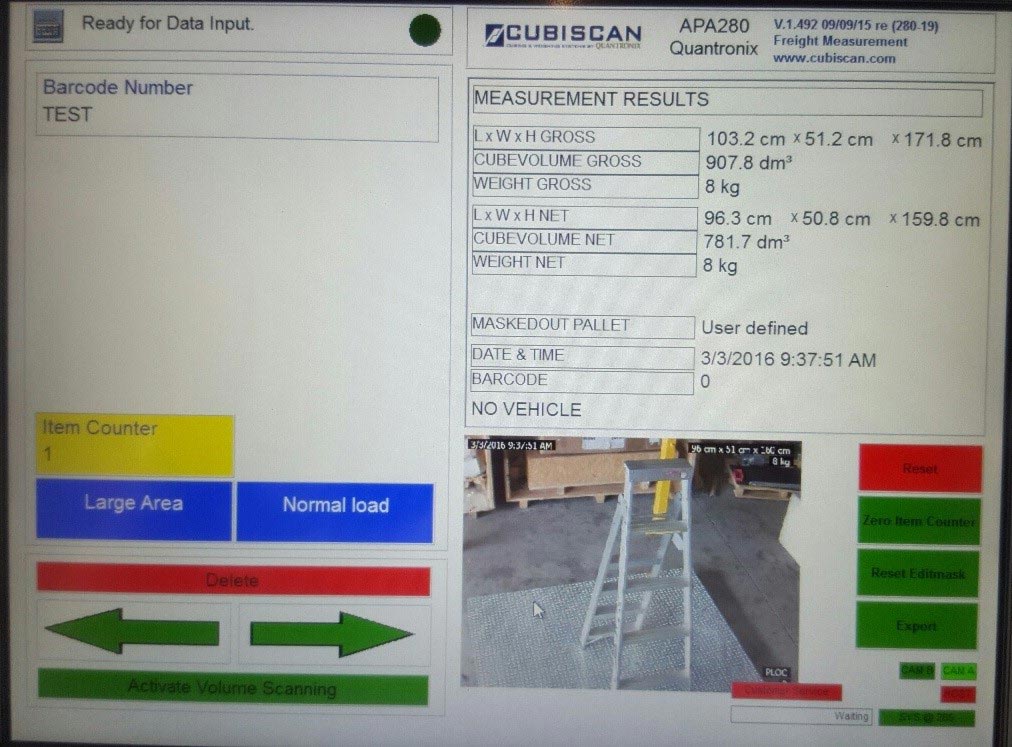
Above left: The Operator Touch Screen is mounted to a swivel mechanism and can be fully rotated to face inward or outward. All system modules and controls are neatly contained within the unit itself. Above right, screen shot of what the operator sees after the measurement is taken. Cube a ladder? Yes we can!
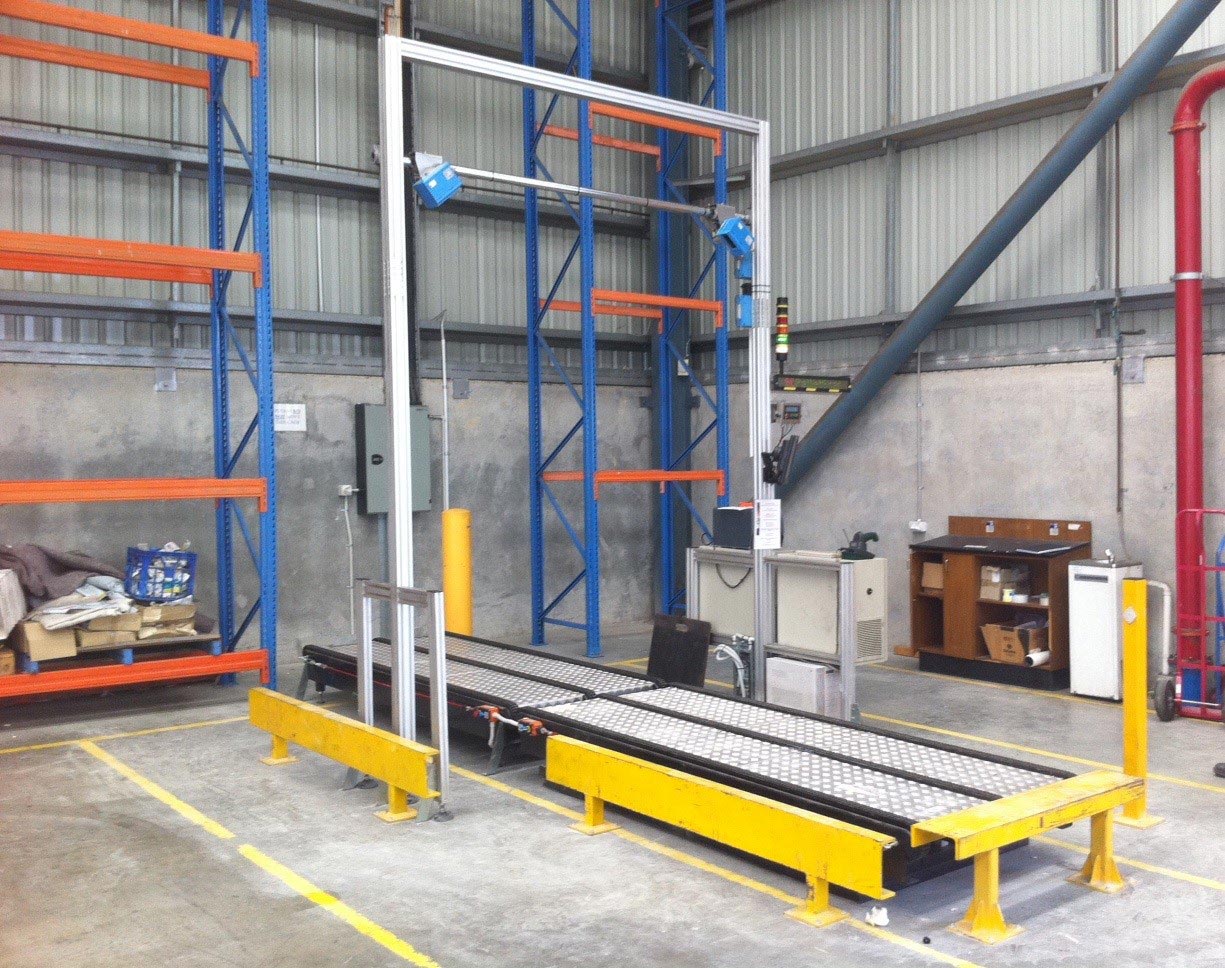
Above: SCACO’s own design, the PalletScan2. It is possible, of course, to cube and weigh pallets in motion on a conveyor line. There are many varieties of system designs possible.
Above: This is a very unique design demonstrating that almost anything is possible. The customer wanted us to run a controlled conveyor to carry pallets (in this picture) from right to left through the CubiScan. We designed a 2,000 kg static weigh bed into one of the conveyors. So the fork driver simply drops the unit onto the infeed, scans the barcode and then he or someone else picks the pallet up at the end of the line. There is one pallet per 2m conveyor section and the line moves sequentially.
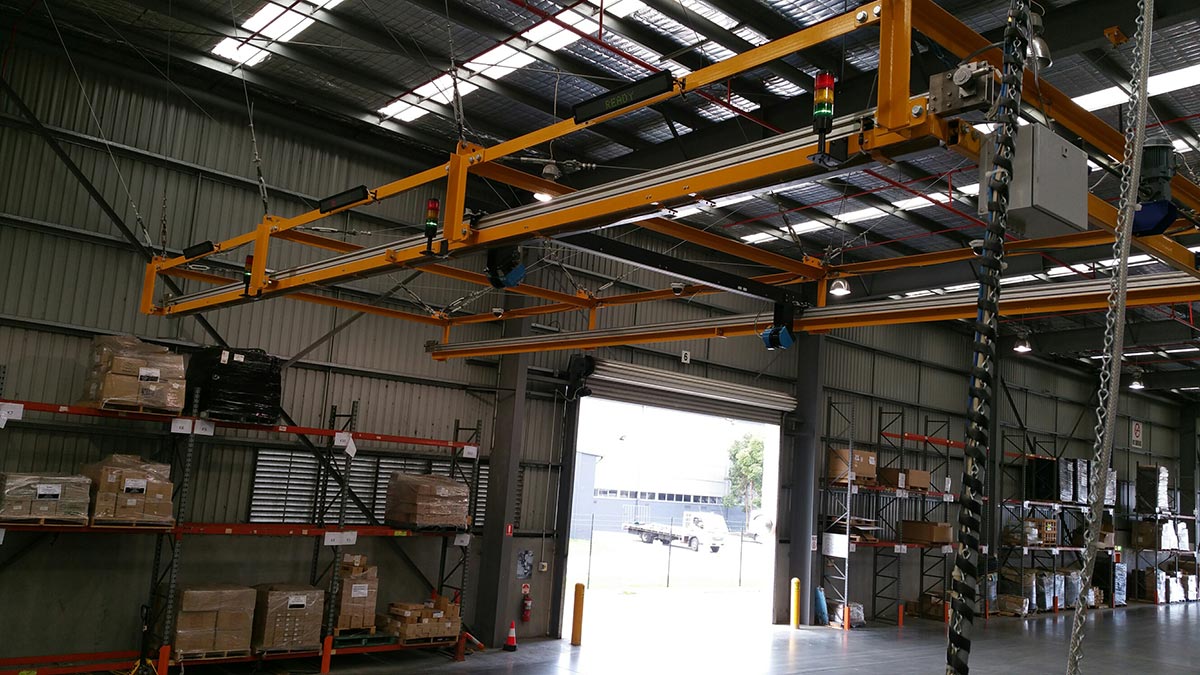
Above: An overhead ceiling mount unit that is able to cube three pallets in the one motion. When considering a ceiling mount solution a variety of factors must be taken into consideration such as who owns the building, what are the engineering requirements, what are the site’s OH&S conditions – in particular when it comes to servicing or trouble shooting issues. Also, you want to be sure about the final location that you choose.

